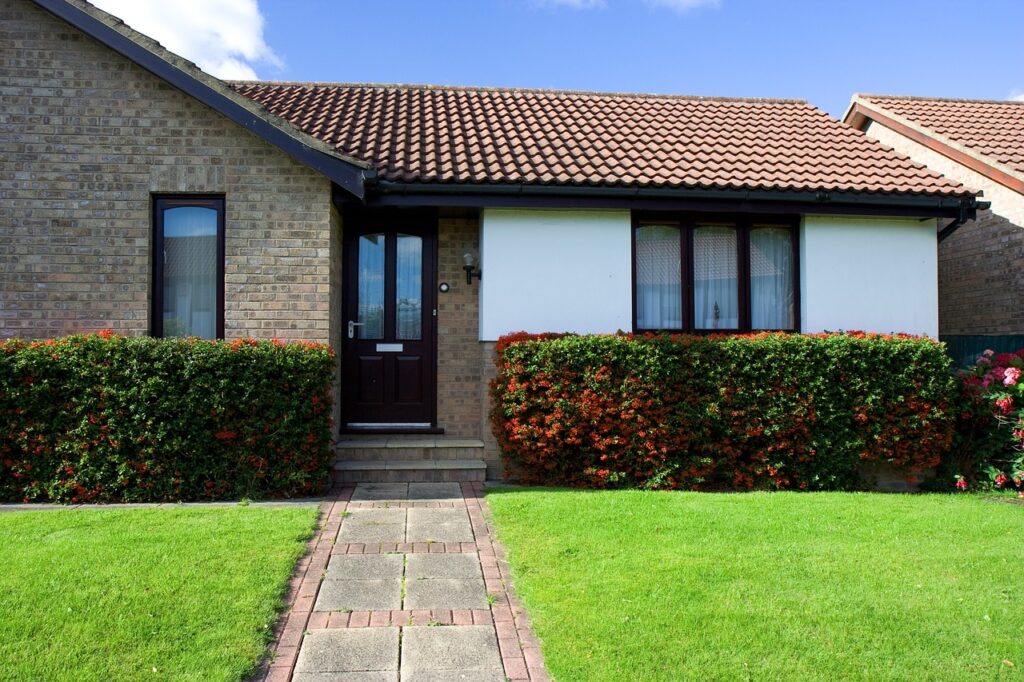The Importance Of Roof Pitch And Slope In Repairs
Are you experiencing issues with your roof? Understanding the importance of roof pitch and slope in repairs is crucial for resolving these problems effectively.
When it comes to preventing water damage, the roof pitch plays a vital role. A steeper pitch allows water to flow away more easily, reducing the risk of leaks and structural damage.
Additionally, the roof slope plays a significant role in improving drainage. With the right slope, water can be directed away efficiently, preventing pooling and potential damage to the roof and surrounding areas.
It's also essential to consider insulation and ventilation when repairing your roof. Proper insulation helps maintain a comfortable indoor temperature, while adequate ventilation prevents moisture buildup and extends the lifespan of your roof.
Understanding how roof pitch and slope impact the repair process is essential for ensuring a successful and long-lasting repair job. So, let's dive deeper into this topic and discover how to address your roof issues effectively.
Understanding Roof Pitch and Slope
Now, let's dive into the fascinating world of roof pitch and slope, and discover why they're crucial factors to consider when it comes to repairing your roof.
Understanding roof pitch and slope is essential because it determines how water and other elements flow off your roof. The pitch refers to the steepness of your roof, while the slope is the ratio of vertical rise to horizontal run.
A steeper pitch and slope allow for better water drainage, reducing the risk of leaks and water damage. Additionally, a proper pitch and slope help to prevent the buildup of debris like leaves and snow, which can cause structural issues and lead to costly repairs.
So, when planning roof repairs, make sure to assess and adjust the pitch and slope as necessary to maintain the integrity of your roof.
The Role of Roof Pitch in Water Damage Prevention
When it comes to preventing water damage, you need to consider how the angle of your roof affects its ability to shed water effectively. The pitch of your roof plays a crucial role in ensuring that rainwater and snowmelt flow away from your home instead of seeping into it.
A steeper pitch allows water to quickly run off, reducing the chances of water pooling and seepage. On the other hand, a flatter pitch can trap water, leading to leaks and potential structural damage.
It's important to maintain the proper pitch of your roof to avoid these issues. Regular inspections and repairs can help ensure that your roof maintains its optimal pitch, keeping your home safe and dry.
Improving Drainage with the Right Roof Slope
Improving drainage with the right roof slope can significantly reduce the risk of water damage and ensure a dry and secure home. When it comes to roof repairs, the slope of your roof plays a crucial role in preventing water accumulation and promoting proper drainage.
By adjusting the slope of your roof, you can direct rainwater away from your home, preventing it from seeping into the foundation or causing leaks. A steeper roof slope allows water to flow more quickly, minimizing the chances of pooling and water damage.
Additionally, a well-designed roof slope helps prevent the formation of ice dams in colder climates, which can lead to extensive water damage. So, if you're experiencing water-related issues, consider consulting a professional to determine if adjusting your roof slope could be the solution you need.
Insulation and Ventilation Considerations for Roof Repairs
Proper insulation and ventilation are like a breath of fresh air for your home, ensuring that your roof stays cool and dry in the heat of summer and warm and cozy during the winter months. When it comes to roof repairs, it's important to consider these factors to maximize the effectiveness of your repairs.
Insulation helps regulate the temperature inside your home by preventing heat loss in the winter and heat gain in the summer. It also helps reduce energy consumption and keeps your energy bills in check.
Ventilation, on the other hand, allows air to flow freely in and out of your attic, preventing moisture buildup and the growth of mold and mildew. It also helps extend the lifespan of your roof by preventing the formation of ice dams in colder climates.
So, when repairing your roof, make sure to assess the insulation and ventilation needs to create a comfortable and efficient living space.
How Roof Pitch and Slope Impact the Repair Process
Don't overlook how the angle and incline of your roof can affect the repair process. Roof pitch and slope play a crucial role in determining the type and extent of repairs needed. Steeper roofs with a higher pitch may require more extensive repairs due to their increased vulnerability to leaks and water damage.
The angle of the roof also affects the accessibility of certain areas, making it more challenging for repair professionals to reach and fix potential issues. Additionally, the slope of the roof impacts the effectiveness of water drainage, with flatter roofs being more prone to pooling and potential leaks.

Therefore, understanding the roof's pitch and slope is essential for accurately assessing and addressing repair needs, ensuring the longevity and integrity of your roof.
Conclusion
So, now you know the importance of roof pitch and slope in repairs. By understanding these factors, you can prevent water damage and improve drainage on your roof.
Additionally, considering insulation and ventilation during repairs will ensure a well-functioning roof. Remember, the pitch and slope of your roof will directly impact the repair process, so it's crucial to take them into account.
With the right knowledge and expert help, you can maintain a strong and durable roof for years to come.

